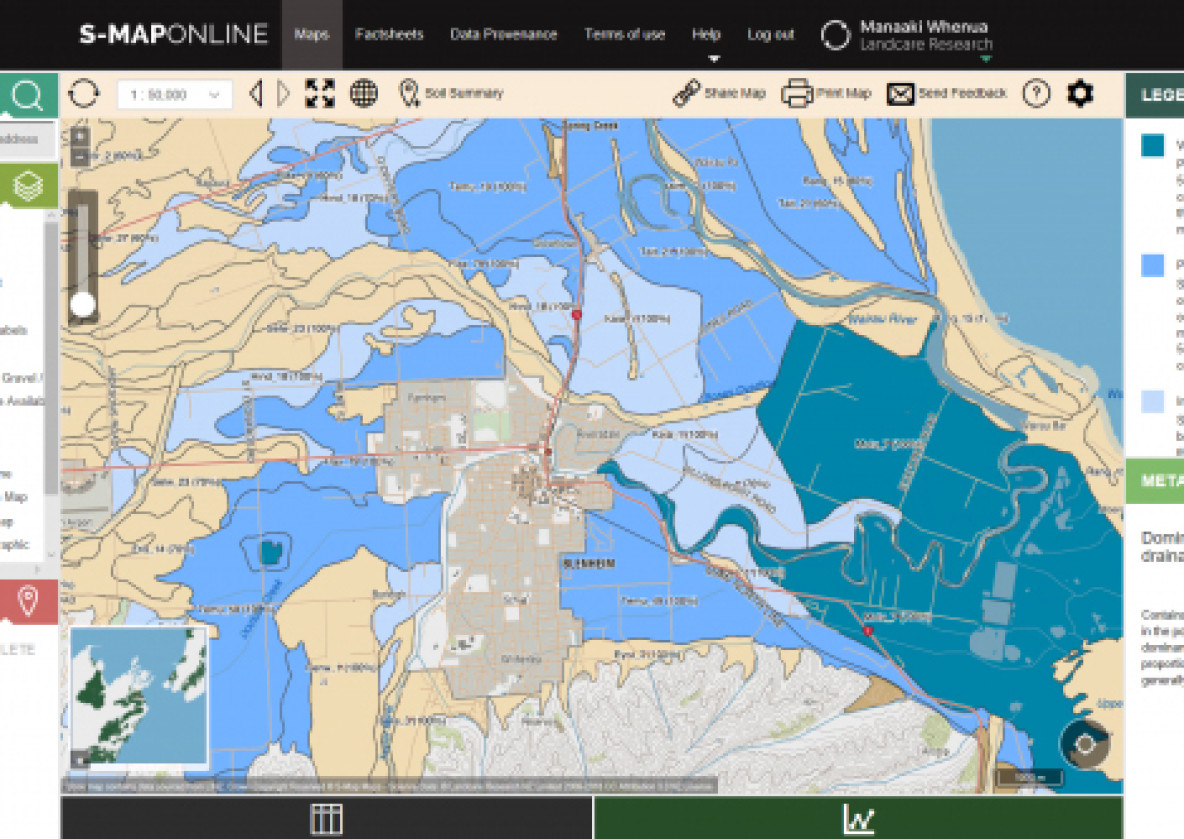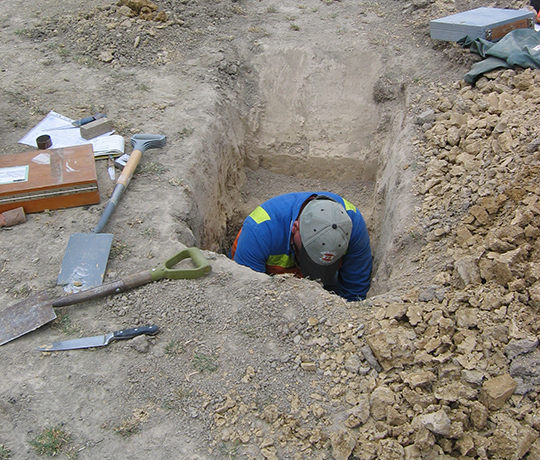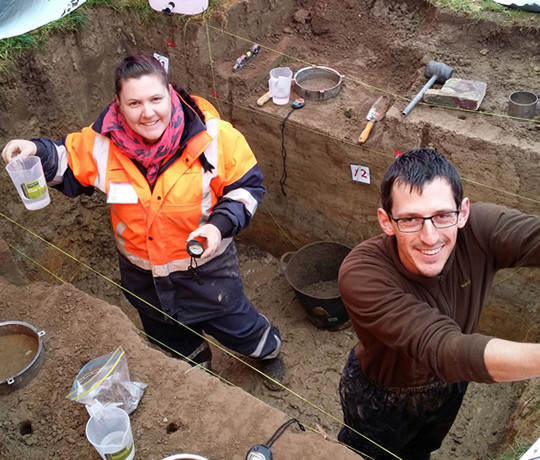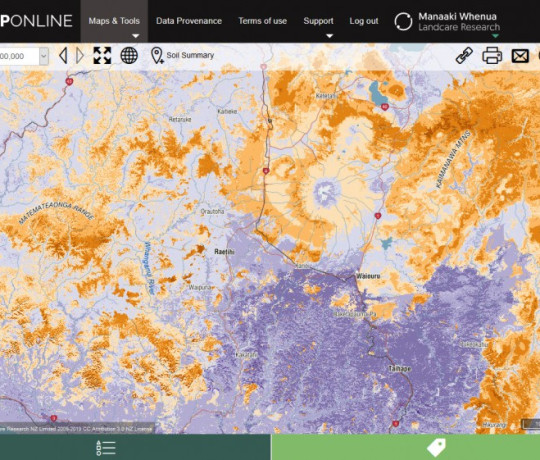S-map Online
- Home
- » Tools
- » S-map Online
What is S-map?
S-map is a digital soil map of New Zealand. It’s the most comprehensive, quantitative soil information available.
As of August 2024, S-map coverage stood at 41.2% of New Zealand soils, with more than two thirds (73%) of the most capable land (horticulture, cropping and intensive pasture systems) covered.
Create a free login for instantaneous access.
Watch our 30-min webinar on S-map 101
S-map and S-map Online
The digital soil map for New Zealand
S-map is Manaaki Whenua’s ongoing project to map New Zealand's soil resources at a nominal 1:50 000 scale.
S-map Online is the web delivery service for S-map and has been developed and operated by Manaaki Whenua's Informatics team.
Using S-map online you can:
- Explore interactive soil maps of Aotearoa New Zealand.
- Learn about the soil in your area
- Browse, view and download a variety of soil fact sheets including one for Māori
- Identify and compare soil siblings - the most detailed level of soil classification
- Create custom soil maps for printing
Key features
- Explore interactive soil maps of Aotearoa New Zealand.
- Learn about the soil in your area
- Browse, view and download a variety of soil fact sheets including one for Māori
- Identify and compare soil siblings - the most detailed level of soil classification
- Create custom soil maps for printing
The maps, fact sheets and other soil related information you can view and download from this website are licensed under a Creative Commons Attribution-Non Commercial-No Derivative Works 3.0 New Zealand License (BY-NC-ND). If you are a non-commercial user and you remix, transform, or build upon material from this site, you cannot share the modified material.
Why isn’t there national coverage for S-Map?
S-map is a substantial project that needs the financial support of many stakeholders. It is our aim to complete full coverage of New Zealand by 2030. To achieve this, we need to work with other organisations. Please contact us if you wish to fund further S-map work.
When is region X going to be completed?
We receive funding from various sources to undertake S-map mapping work. In the past this has included Envirolink funding and funding from the Regional Councils. The Ministry for Primary Industries is also providing some funding so there will soon be extended coverage in a few areas. Ongoing progress will depend on further funding.
How often is S-map updated?
A copy of the internal S-map spatial database is posted to the S-map Online web service on a regular basis; typically once or twice a year depending on the volume of new mapping undertaken or if improved models are run. All additions or edits that have been made to the internal S-map database will be uploaded to S-map Online at this time.
Where do I find soils info for areas outside S-map coverage?
You can access additional and complementary soil information, maps and soil data in our other portals: LRIS Portal, Soils Map Viewer (FSLs) website and the Soils Portal. The Soils Portal not only provides access to soils databases held by Manaaki Whenua, such as the National Soils Database, Fundamental Soils Layers and Digital Soil Surveys, but also a wealth of explanatory information about current and historical soil naming schemes used in New Zealand.
What is a sibling?
A sibling is a member of a soil family. The sibling partitions soil families on the basis of unique combinations of drainage class, topsoil stoniness, soil depth, texture contrasts, and a sequence of up to six functional horizons. (Functional horizons are defined in terms of topsoil/subsoil, stoniness class, texture class, ped size and consistence. Functional horizons also distinguish soil materials derived from acidic and basic tephra.)
Why has the soil sibling changed?
Sometimes the soil sibling that is listed at a particular location might change, for example from a Templetonf (Sib 3) to a Templetonf (Sib 23). This is usually due to a correction of one of the base soil property classes (e.g. the functional horizon type). Often the difference between the two siblings is quite minor.
What is a pedo-transfer function?
These predict some harder-to-measure soil properties from more widely collected soils data. The functions might take the form of a statistical or mathematical model or a logical model based on expert knowledge.
Why do estimates of soil properties change?
As linkages between the database of measured data and S-map improve, and more measured data are added to the database, then the statistical or data-mining techniques can be rerun to improve the pedo-transfer functions. Similarly, new experimental information can change our understanding of soil processes, and consequently our expert knowledge of pedo-transfer functions.
What is Profile Available Water (PAW)?
Please look at the Glossary to see what this is in more detail.
How is PAW (Profile Available Water) calculated?
PAW is calculated for each soil horizon to a specified depth or to a root barrier (whichever is the lesser). Prior to June 2013, PAW estimates have been estimated on the basis of a simple correlation between functional horizons and measured soil water data from the National Soils Database (NSD).
Will there be more changes to PAW estimates?
Estimation of PAW changes when new data are collected, or when better relationships are found correlating PAW with basic soil attributes. There will be changes in the future, but they should not be as great as the current changes in the North Island.
What does it mean for me?
You may need to rerun any irrigation or nutrient loss calculations, or other risk assessment studies that use PAW estimates as an input.
Can I shade in the display based on other soil properties such as Soil Texture or Topsoil Stoniness on S-map Online?
No. You can, however, for limited attributes such as texture, soil class and drainage download the data from the LRIS Portal and load it into a GIS where you can make your own customised maps.
Can I add other layers into S-map Online?
No.
Can I maximise the size of the map I see on the screen?
Use the 'Go full screen' button in the top menu bar of the mapping application. Alternatively, on most desktop browsers there is a simple and quick way to expand your browser display with one key press. Find the key labelled F11. (You will find it on the very top row of your keyboard). F keys are normally labelled F1 through F12. Press the F11 key and the browser window will go full screen. Press F11 again to return to the normal browser window.
When I click the Create and Download Map button in the Print window, nothing happens. What's wrong?
If nothing happens when you click the CREATE AND DOWNLOAD MAP button your web browser is probably set to block pop-up windows. To change this you either need to allow all pop-ups, or specifically allow those from http://smap.landcareresearch.org.nz. This setting should be under Tools >> Internet Options >> Privacy in Internet Explorer, or under Tools >> Options >> Content in Firefox.
Sometimes, because of the number of users requesting PDF files at one time, print fails to work. Wait a few minutes and try again.
The Print feature is not available on smart phone devices.
Why can't I produce maps as PDFs larger than A3 size?
It takes quite a lot of computer processing time to create maps larger than A3 in size and typically browsers timeout before the file has been created.
Will my browser be able to view this site?
The S-map Online website has been designed for and tested against standards compliant browsers from various software providers and on common tablet and smart phone devices. Older browsers that do not support all of the required standards may not be able to access all of the site's functionality. We recommend that, where possible, you use Firefox or Chrome.
Note that Sibling Finder is not designed to be used on Smart Phones.
What is the preferred browser for mobile devices such as tablets?
Google Chrome. Other browsers such as the default that comes with Android is not fully supported.
S-map Online
The digital soil map of New Zealand
The tool also allows you to create custom soil maps and download soil factsheets for specific locations.




